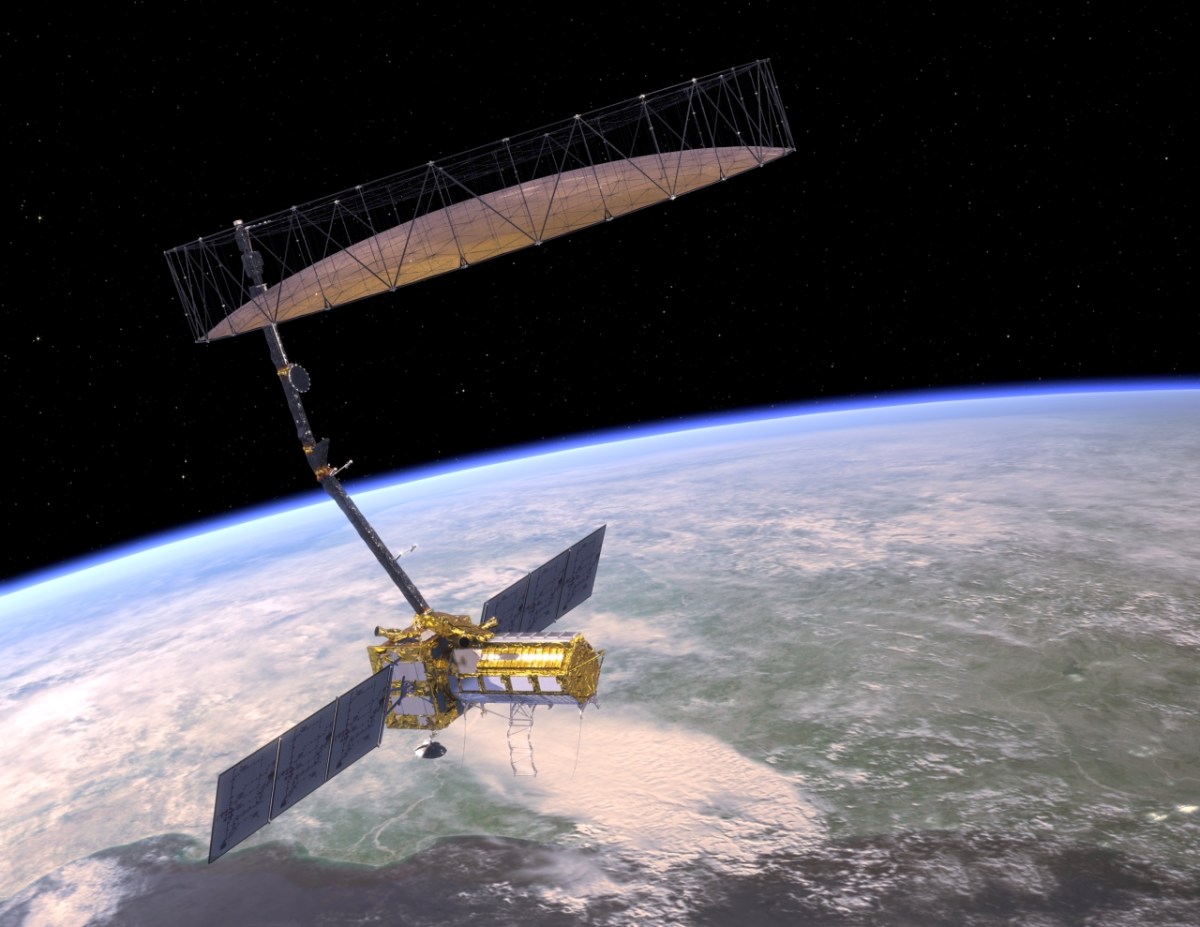WASHINGTON — The United States and India are establishing an innovation partnership involving space as part of continued cooperation between the two countries in the field.In a joint statement released by the White House after the meeting of Indian Prime Minister Narendra Modi with President Donald Trump, the two countries said they were creating INDUS Innovation, an “innovation bridge” between the two countries to promote work in space, energy and other emerging technologies.INDUS Innovation will be modeled on the India-U.S. Defense Acceleration Ecosystem, or INDUS-X, established in 2023. INDUS-X is intended to support cooperation between the defense industries in the two countries, including competitions involving companies in the two countries to address specific military challenges.Some of that work has involved space. The Air Force Research Laboratory announced in October 2023 cooperative research and development agreements, or CRADAs, with two Indian startups on technologies for space domain awareness and Earth observation. As part of INDUS-X The Defense Innovation Unit announced in November an INDUS-X challenge for technologies to detect and track spacecraft in contested environments in low Earth orbit.The joint statement did not give any additional details about INDUS Innovation, including specific space- areas of interest. The statement also announced a similar effort called U.S.-India TRUST, or Transforming the Relationship Utilizing Strategic Technology, to promote bilateral collaboration on “critical and emerging technologies” such as space, “while encouraging the use of verified technology vendors and ensuring sensitive technologies are protected.”The two countries committed in the joint statement to continued cooperation on civil and commercial space topics, highlighting the flight of an Indian astronaut on the Ax-4 private astronaut mission to the International Space Station, scheduled for the spring. It also mentioned the “early” launch of the NASA-ISRO Synthetic Aperture Radar (NISAR) Earth science mission.Contrary to the joint statement, the launch of NISAR is not early but instead delayed from last year to correct thermal issues with its large deployable antenna. As of December, the launch was scheduled for as soon as March. Neither NASA nor ISRO have provided an updated launch date since then.The malfunction of the propulsion system on the NVS-02 Indian navigation satellite earlier this month has raised new questions about the readiness of NISAR for launch, particularly if the ISRO-built spacecraft bus for NISAR shares common components with NVS-02. Spokespersons with NASA’s Jet Propulsion Laboratory deferred questions about NISAR’s propulsion system to ISRO. An ISRO official did not respond to multiple requests for comment.The joint statement added that the countries would pursue additional cooperation “on long duration human spaceflight missions, spaceflight safety and sharing of expertise and professional exchanges in emerging areas, including planetary protection.” They also promoted collaboration on a variety of commercial space areas from launch to space tourism and space manufacturing.
By Tyler Mitchell
Tyler is a renowned journalist with years of experience covering a wide range of topics including politics, entertainment, and technology. His insightful analysis and compelling storytelling have made him a trusted source for breaking news and expert commentary.
